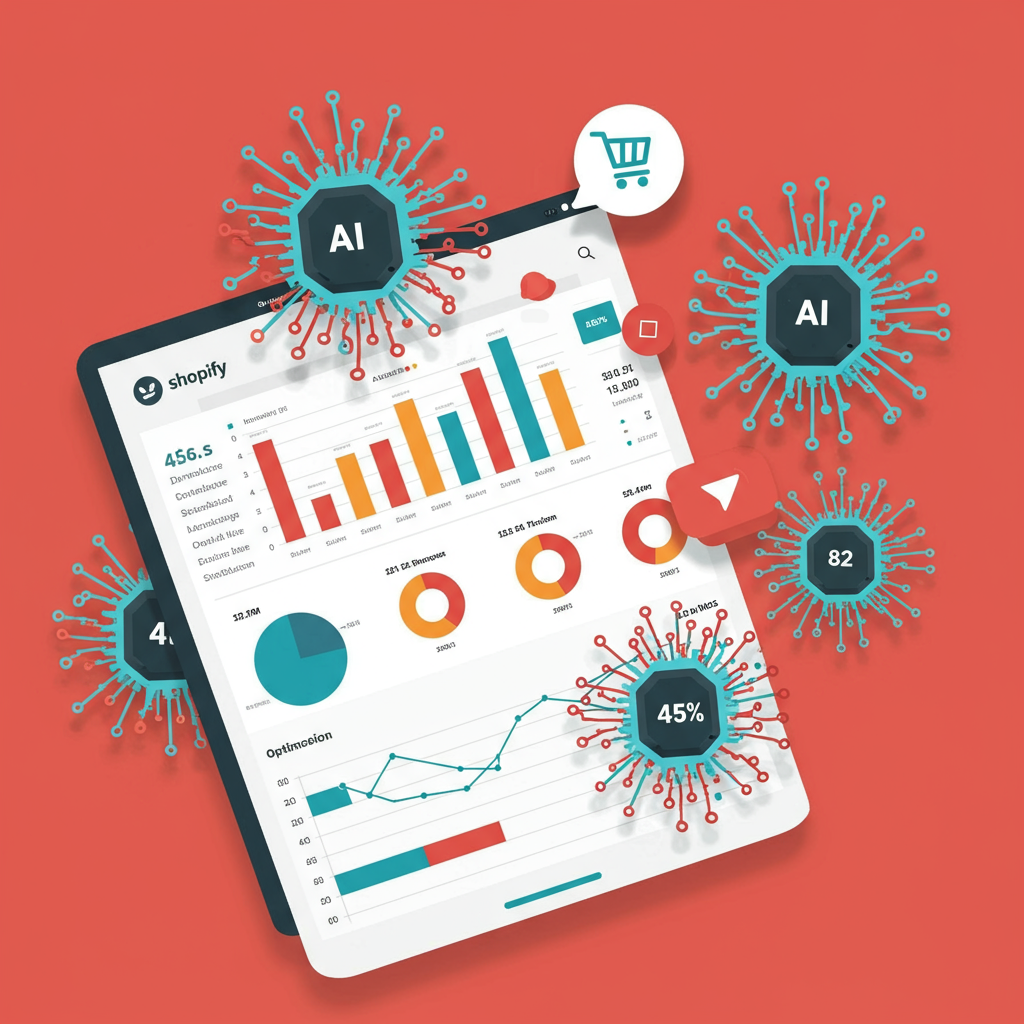Discover how I leverage artificial intelligence to optimize pricing strategies, boost sales, and enhance customer satisfaction for my Shopify store.
As a Shopify merchant, I’m constantly looking for ways to optimize my store’s performance, and one area that has truly revolutionized my business is pricing. It’s not just about setting a price and forgetting it; it’s about strategic, intelligent adjustments.
For a long time, I struggled with finding that sweet spot – a price that maximizes profit without alienating customers. Manual adjustments were time-consuming, often reactive, and rarely truly optimal.
That’s when I discovered the power of dynamic pricing, and more specifically, how artificial intelligence (AI) could elevate it from a complex chore to an automated profit-driver.
Dynamic pricing, at its core, is the strategy of adjusting prices in real-time based on market demand, competitor pricing, inventory levels, customer behavior, and other external factors. Think of it as surge pricing for your products, but far more sophisticated.
Initially, the idea felt daunting. How could I possibly keep track of all those variables and make instantaneous decisions across my entire product catalog? This is precisely where AI steps in as an indispensable partner.
AI doesn’t just automate; it analyzes. It sifts through vast amounts of data that would be impossible for a human to process efficiently, identifying patterns and predicting optimal price points.
My journey began by integrating an AI-powered dynamic pricing app with my Shopify store. The setup involved granting access to my sales data, product information, and even some competitor insights I had gathered.
The beauty of these AI tools is their ability to learn. They don’t just follow static rules; they adapt. They observe how price changes affect sales velocity, conversion rates, and ultimately, my bottom line.
For instance, during peak seasons or when a product suddenly gains popularity, the AI can subtly increase the price to capture maximum value from heightened demand. I’ve seen this work wonders for limited-edition items.
Conversely, if a product is moving slowly, or if a competitor drops their price, the AI can intelligently lower my price to stimulate sales, clear inventory, or remain competitive, preventing stock from becoming dead weight.
This real-time responsiveness is a game-changer. I no longer have to manually monitor competitor websites or guess at optimal markdown percentages. The AI handles the heavy lifting, allowing me to focus on other aspects of my business.
One of the most significant benefits I’ve experienced is a noticeable increase in my overall profit margins. By optimizing prices for every single transaction opportunity, I’m leaving less money on the table.
It’s not just about raising prices; it’s about finding the *right* price for the *right* customer at the *right* time. This nuanced approach ensures I’m always maximizing revenue potential.
Beyond profits, I’ve also observed a surprising improvement in customer satisfaction. While some might fear dynamic pricing leads to customer frustration, my experience has been quite the opposite when implemented thoughtfully.
How? Because AI can also be programmed to consider fairness and customer loyalty. It can identify loyal customers and offer them personalized discounts, or ensure that price adjustments aren’t perceived as exploitative.
For example, during a flash sale, the AI might identify customers who have previously shown interest in a product and offer them an exclusive, slightly better deal, fostering a sense of appreciation.
It also helps me avoid situations where I might accidentally overprice a product, leading to cart abandonment, or underprice it, leaving customers feeling like they missed out on a better deal.
Implementing this system wasn’t without its learning curve. My first step was to clearly define my pricing goals: was it pure profit maximization, inventory clearance, or market share growth?
Next, I had to choose the right AI solution for Shopify. There are several apps available, each with different features and pricing models. I looked for one that offered robust analytics, customizable rules, and seamless integration.
Once integrated, I spent time setting initial parameters and guardrails. This included minimum and maximum price thresholds to prevent the AI from setting prices too low or too high, protecting my brand image and profitability.
I also configured rules for specific scenarios, such as automatic price matching for certain competitors or promotional pricing during holiday seasons. The AI then operates within these boundaries.
Continuous monitoring and refinement are crucial. I regularly review the AI’s performance, analyze its pricing decisions, and make adjustments to the rules as needed. It’s an iterative process of learning and optimization.
One challenge I initially faced was trusting the AI completely. It felt counter-intuitive to let an algorithm dictate my prices. However, seeing the positive results quickly built my confidence.
I recommend starting with a small segment of your product catalog or running A/B tests to compare AI-driven pricing against your traditional methods. This allows you to see the impact firsthand before a full rollout.
The future of e-commerce pricing is undoubtedly intertwined with AI. As data becomes more abundant and AI algorithms grow more sophisticated, the ability to precisely tailor prices will only become more powerful.
It’s about creating a competitive edge, not just by having great products, but by having a smart, responsive pricing strategy that adapts to the ever-changing market landscape.
I truly believe that embracing AI for dynamic pricing is no longer a luxury but a necessity for any serious Shopify merchant looking to thrive. It’s transformed how I approach my business, leading to both increased profits and genuinely happier customers.
So, after reading about my experience, what do *you* think about leveraging AI for dynamic pricing in your Shopify store? I’d love to hear your thoughts!
This strategic shift has allowed me to reclaim valuable time, reduce pricing errors, and ensure my products are always positioned optimally in the market. It’s a win-win for my business and my customers.






